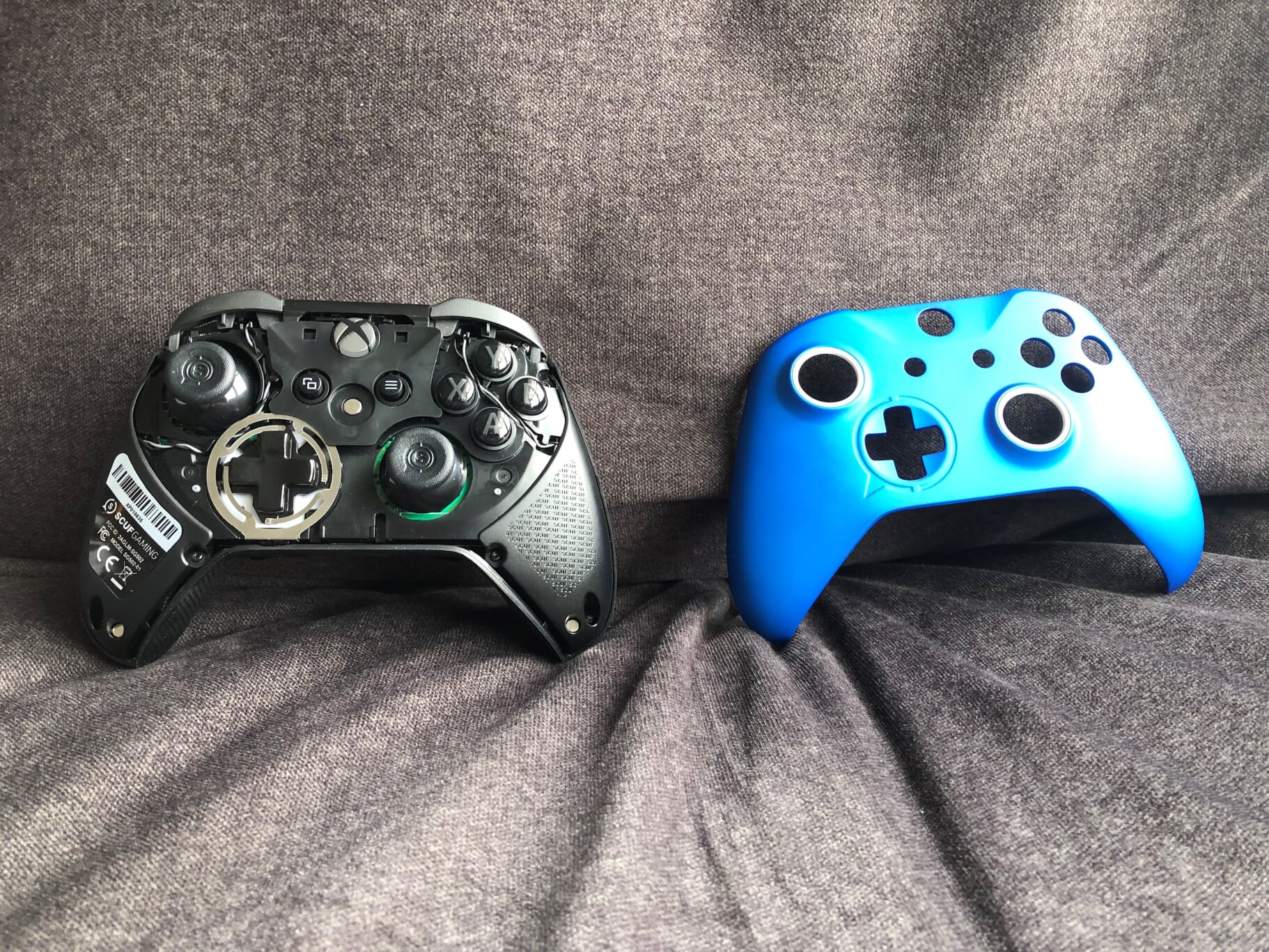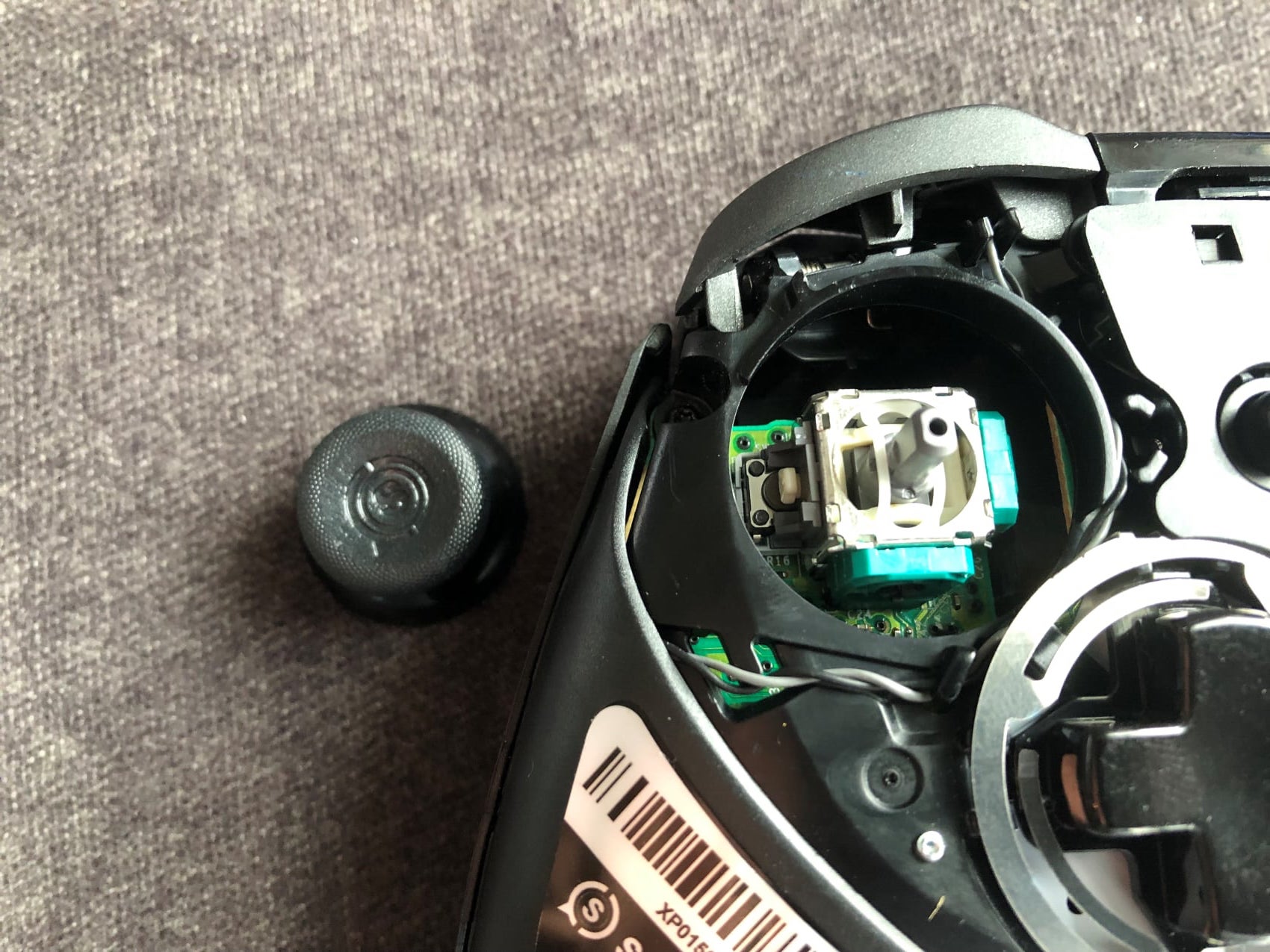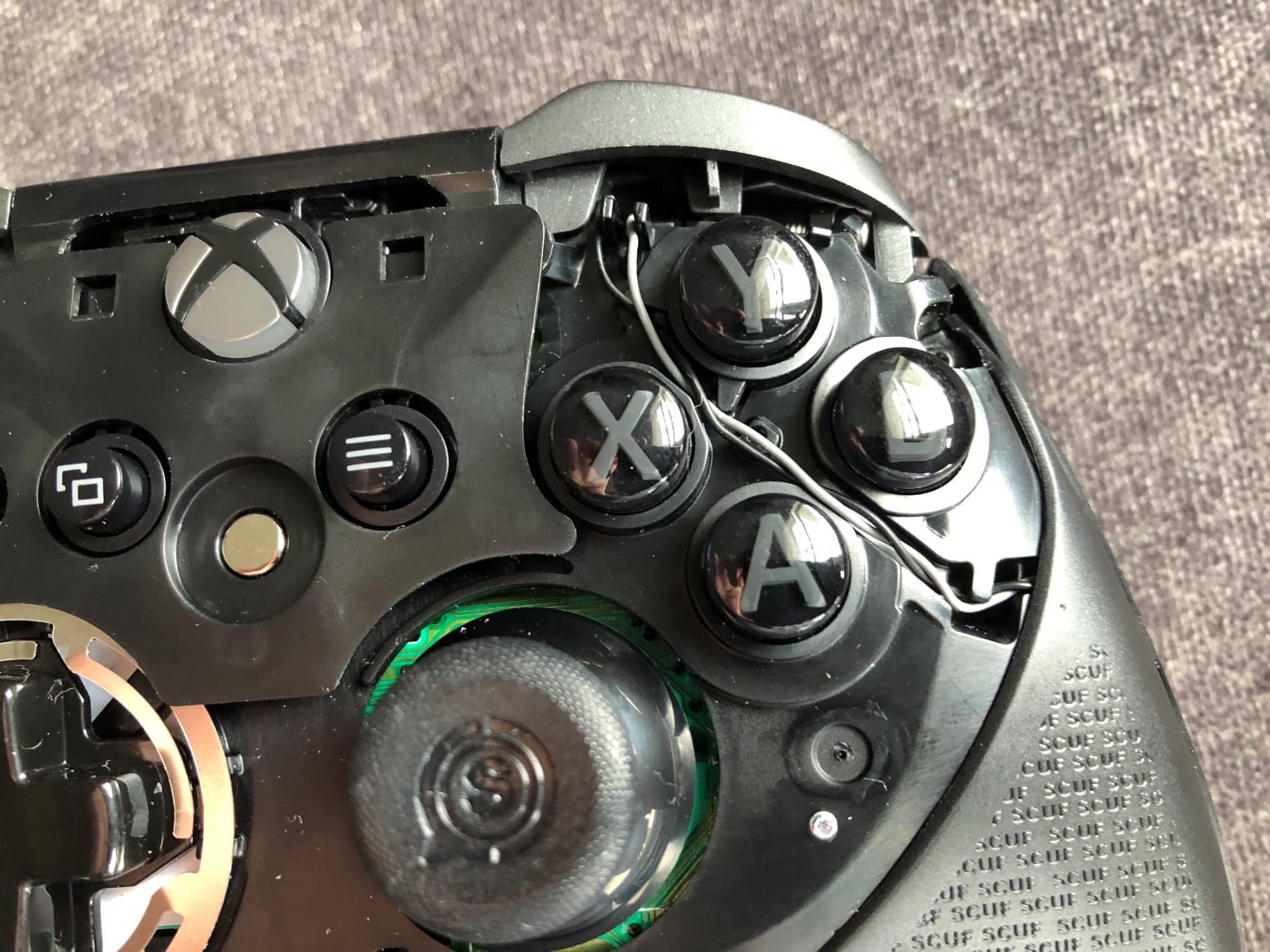Scuf Gaming has been making high-end video game controllers for years with somewhat mixed results. Its gamepads for both PlayStation and Xbox systems offer a variety of customization options, premium components, and programmable functions that transform their products into your personal controller, custom-tuned for your style of play.
This customizability has occasionally come at a cost. Scuf controllers have some quality control issues I wouldn’t expect from such expensive products. Perhaps this is why Scuf opted to omit several of these features on the new Scuf Prestige controller for Xbox One and PC. The result is a well-made and capable gamepad, but one that fails to justify its price tag.
Have we met before?

When you first take the Scuf Prestige out of the box, you’ll think you were accidentally sent a standard Xbox One controller. The front design is nearly identical, with buttons and sticks in the exact same locations. The controller even retains the old-style headset port in addition to the standard 3.5mm port.
The face-plate is removable and available in several colors by pulling up on a cutout located on the right side, as it is on the Scuf Vantage. It’s here when my disappointment began. The analog sticks can be removed and replaced with the included longer sticks, but the directional pad on the Prestige is fixed. In a controller that stresses customization, not being able to replace it seems like a missed opportunity. The removable rumble motors of the Vantage are also gone, and for competitive players who don’t want the added feedback of rumble, this could be a deal-breaker already. If you prefer, you can also order a custom controller with the motors removed permanently.
That isn’t to say that there aren’t other ways to fine-tune your Scuf Prestige. The package comes with a key that can tighten or loosen the tension on both triggers to suit your preference, and quick-shift trigger stops are located on the back. These are either on or off, and massively reduce the triggers’ travel distance. In first-person shooters, this can come in handy, though we were a little concerned that pulling the triggers too hard could result in the stops breaking.
Make it your own
On the back of the controller, there are four removable paddles that can be programmed with nearly any other function of the controller, and they feel identical to the ones on the Vantage. Programming them is a little different, however, and can function as the world’s least exciting party trick. The Prestige is packaged with a magnetic key that is placed on the back of the controller.
Once it’s attached, you simply hold down a paddle along with the button you want it to function as, remove the key, and the paddle is reprogrammed. It worked well during our time testing it, but it means you will need to keep track of a key the size of a nickel in order to reprogram the paddles. On the Vantage, this function was more easily accomplished by a switch at the bottom.
One step up from the Vantage is the Prestige’s design behind the paddles. When removed, there’s no exposed wiring, so if you don’t plan on using the paddles, there’s less to worry about. Rubberized “high-performance grip” is also used on either side, which should make it easier to hold when your hands get sweaty, but it’s basically a difference in texture.
It does the job, but is that enough?

Omissions and oddities aside, the Scuf Prestige does function well as an Xbox One gamepad, and because its layout is identical to the standard Xbox controller, it does not have the learning curve we experienced on previous Scuf controllers. The analog sticks and buttons feel excellent, as do the triggers, especially in a shooter like Apex Legends. They were responsive and snappy, and though they didn’t necessarily give us a competitive advantage, they didn’t have any drawbacks compared to using a regular controller. The anti-friction rings around the sticks may help them last longer than a typical analog stick, but time will tell.
The bumpers are particularly impressive, with just the right amount of pressure and click, making them superior to any of Microsoft’s first-party bumpers to date. It also comes equipped with a fixed lithium-ion battery that Scuf claims will last up to 30 hours. The long micro-USB cable bundled in the package will let you play through a wired connection when it does happen to die.
Does a controller that plays like a slightly improved standard Xbox One controller really justify its $160 price tag? For just slightly more cash, you can purchase Microsoft’s own Xbox Elite wireless controller, which includes a removable directional pad, metal paddles, and customization through an app with profile switching.
The Scuf Vantage makes perfect sense for a PlayStation fan looking for a more customizable option than the standard DualShock 4. With the Xbox Elite controller already offering many of the same features, however, the Scuf Prestige fails to make the same case for itself. It certainly does what it says it can do on the box, but it’s not worth the hefty price.







